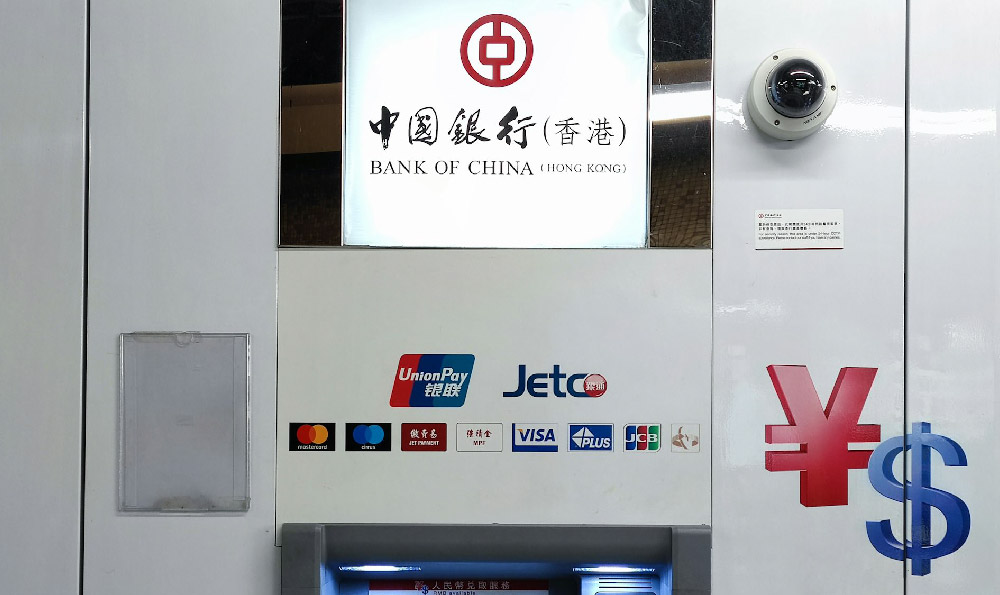LinkedIn, as one of the most prominent professional networking platforms, has evolved into a diversified revenue ecosystem that seamlessly blends online engagement with monetization strategies. Unlike traditional social media giants whose primary income stems from user-generated content and broad audience reach, LinkedIn's business model is uniquely tailored to the needs of enterprise users and professionals seeking career growth. The platform's ability to generate value through premium subscriptions, targeted advertising, recruitment services, and data analytics tools has positioned it as a formidable player in the digital economy. Over the years, LinkedIn has continuously refined its approach to align with shifting market trends while maintaining its core identity as a hub for professional discourse. Understanding its revenue streams requires a deeper dive into how the platform leverages its user base, technological innovation, and strategic partnerships to create sustainable income.
At the heart of LinkedIn's business strategy lies its subscription-based model, which has been a cornerstone of its financial success. The platform offers a range of premium services, including LinkedIn Premium, LinkedIn Sales Navigator, LinkedIn Recruiter, and LinkedIn Marketing Solutions, each designed to cater to specific user segments. LinkedIn Premium, for instance, enables individual users to access advanced search filters, personalized news feeds, and exclusive articles, thereby enhancing their professional experience. Meanwhile, LinkedIn Sales Navigator provides sales professionals with tools to identify high-potential leads, track communication, and analyze engagement metrics. These subscription plans operate on a tiered structure, with varying levels of access and pricing, allowing users to choose based on their specific needs. The success of this model is underscored by LinkedIn's ability to maintain a loyal user base while continuously introducing new features to justify the subscription costs.
Advertising, however, has emerged as one of LinkedIn's most significant revenue drivers in recent years. Unlike other platforms where ads are often generic and widely distributed, LinkedIn's ad targeting is exceptionally precise. By leveraging data points such as industry verticals, job titles, company sizes, and professional interests, the platform enables advertisers to reach highly qualified audiences. This level of personalization has made LinkedIn an attractive option for B2B companies, which can use dynamic ads to showcase their products or services to potential clients. Furthermore, LinkedIn's ad platform includes features like job postings and pay-per-click (PPC) campaigns, which are tailored to the unique requirements of business users. The platform's ad revenue growth can be attributed to its strategic partnerships with enterprise clients, coupled with its ability to adapt to the evolving digital marketing landscape.

The recruitment segment, which has traditionally been a key area for LinkedIn, continues to play a vital role in its financial health. By offering a specialized recruitment platform, LinkedIn not only serves as a marketplace for job seekers and employers but also generates revenue through job posting fees and candidate matching services. The platform's data-driven approach to recruitment is evident in its use of advanced algorithms to recommend relevant job opportunities to users, reducing the time and effort required for job searching. Additionally, LinkedIn's integration with third-party recruitment agencies and its provision of analytics tools for hiring managers have further solidified its position in the employment market. The recruitment revenue model is particularly effective for industries that prioritize talent acquisition over brand awareness, such as technology, finance, and consulting.
Beyond these primary sources of income, LinkedIn has expanded its services to include data and analytics tools for businesses, which has opened up new revenue opportunities. Products like LinkedIn Sales Insights, LinkedIn Marketing Insights, and LinkedIn Talent Insights provide companies with actionable data to optimize their sales, marketing, and hiring processes. These tools are often integrated with other LinkedIn services, such as the LinkedIn Learning platform, to offer comprehensive solutions for professional development. The growing demand for data-driven decision-making in the corporate world has made these services highly valuable, allowing LinkedIn to monetize its vast repository of professional data.
Moreover, LinkedIn's business model benefits from its unique position in the digital landscape, where it serves as a bridge between professionals and employers. The platform's ability to foster meaningful connections and transactions has made it an indispensable tool for both individuals and organizations. Unlike other social media platforms that prioritize entertainment or social interaction, LinkedIn's focus on professional growth and networking ensures a steady stream of value for its users. This, in turn, supports the platform's ability to continuously innovate and expand its financial offerings.
As the digital economy continues to evolve, LinkedIn's business model has demonstrated resilience and adaptability. The platform's strategic emphasis on premium services, targeted advertising, and recruitment has allowed it to thrive despite the competition from other tech giants. By maintaining a balance between user engagement and monetization, LinkedIn has positioned itself as a key player in the professional networking space. Its ability to generate revenue through a combination of subscription models, advertising, and recruitment services underscores the importance of aligning business strategies with user needs and technological capabilities. This approach not only ensures financial sustainability but also enhances the overall user experience, reinforcing LinkedIn's value proposition in the ever-changing landscape of digital services.












